The U.S. Continues to Use These Banned Ingredients in Skincare — What to Use Instead
What you put on your skin matters, so why are you applying that U.S. skincare product on your face when it contains a chemical the rest of the world has banned? Here, some of the worst offenders and some alternatives to your American faves that may actually be better for you.
In cosmetics alone, the European Union has banned or restricted more than 1,300 chemicals, while the United States has outlawed or curbed just 11. In that sense, there is a huge disparity between U.S. and EU products, and it has grown to such an extent that it affects almost every element of most Americans’ lives. From cosmetics — including makeup, toothpaste, and shampoo — to items ranging from household cleaners to fruit juice and cheese, hundreds of potentially harmful ingredients are legally allowed in the U.S.
Cosmetics regulations in the U.S. have remained unchanged since 1938, and there are currently no legal requirements for any cosmetic manufacturer who is marketing products to American consumers to test products for their safety. Case in point: asbestos. Asbestos, which has long been known to cause death and illness, is still not banned in the U.S. The Food and Drug Administration (FDA) recently found asbestos in Claire’s cosmetics, and issued a safety alert on the eyeshadows, compact powder, and contour palette. Claire’s makeup, jewelry, and accessories are aimed at teens, tweens, and kids. Just two years ago, Claire’s took nine makeup products off the shelves following a report that asbestos was found in the makeup. That is terrifying.
The Campaign for Safe Cosmetics has been putting pressure on the cosmetics industry to make safer products. Since 2004, they’ve worked to protect the health of consumers, workers, and the environment through public education and engagement, corporate accountability and sustainability campaigns, and legislative advocacy designed to eliminate dangerous chemicals linked to adverse health impact. The organization put pressure on Revlon to agree to remove two formaldehyde-releasing chemicals and cocamide DEA, as well as other dangerous substances from women’s makeup and personal care products.
And there’s more hope on the horizon. In January, a groundbreaking piece of legislation was put forward in Connecticut calling for any cosmetics in the U.S. to “meet the chemical safety standards established by the European Union.” At the center of the EU’s approach is what is known as its Reach laws (Registration, Evaluation, Authorization and Restriction of Chemicals), which require manufacturers to prove to regulators that a product is safe before it can be used. In the U.S., there are similar rules for new chemicals entering the market, but none for the thousands of potential toxins that are already in use.
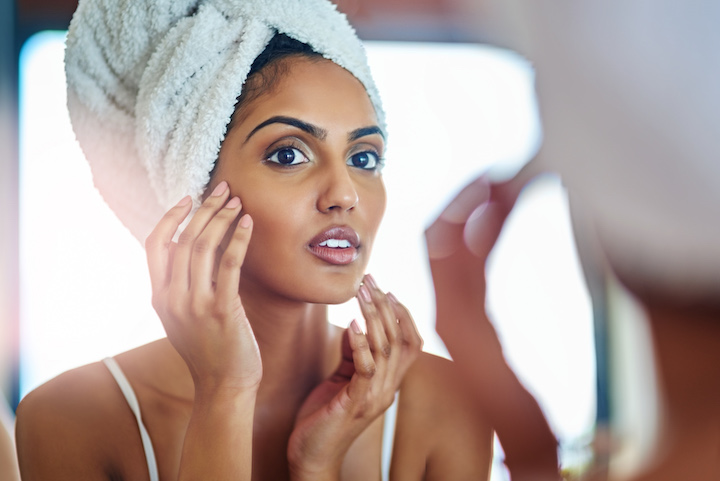
There are more than 40,000 chemicals on the market in the U.S., and the EPA (Environmental Protection Agency) has only banned six.
Let’s explore some of these banned ingredients that the rest of the world has outlawed, and why they should be avoided if possible. Then we’ll look at some safer alternatives that won’t have you skimping on effectiveness.
Formaldehyde
Number one on the bad list is formaldehyde. Formaldehyde, which is a known carcinogen and is banned in EU-sold cosmetics, can be found in U.S. hair straightening treatments and nail polishes. It’s a colorless, strong-smelling gas that is used in making building materials and many household products. It can be dissolved in water to make formalin, which is commonly used as an industrial disinfectant, and as a preservative in funeral homes and medical labs. It is also a component of tobacco smoke. Some substances release formaldehyde, including cosmetics, soaps, shampoos, lotions, sunscreens, and cleaning products.
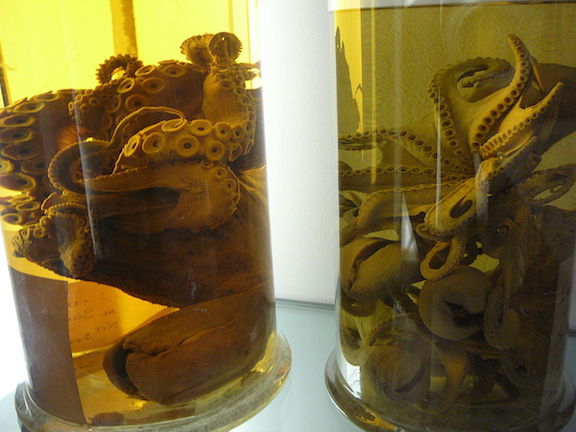
Exposure to formaldehyde has been shown to cause cancer in laboratory test animals. In humans, exposure to relatively high amounts of formaldehyde in medical and occupational settings has been linked to some types of cancer, such as cancer of the nasopharynx (uppermost part of the throat), cancer of the nasal sinuses, and an increased risk of leukemia. The effect of exposure to small amounts is less clear.
Formaldehyde can be listed on a product label by other names, such as:
Formalin
Formic aldehyde
Methanediol
Methanal
Methyl aldehyde
Methylene glycol
Methylene oxide
In addition, some chemicals that are used as preservatives can release formaldehyde, including:
Benzylhemiformal
2-bromo-2-nitropropane-1,3-diol
5-bromo-5-nitro-1,3-dioxane
Diazolidinyl urea
1,3-dimethylol-5,5-dimethylhydantoin (or DMDM hydantoin)
Imidazolidinyl urea
Sodium hydroxymethylglycinate
Quaternium-15
Parabens
If formaldehyde in your U.S.-made shampoos and nail polishes isn’t enough to cause a slight panic, then the risk posed by parabens just might.
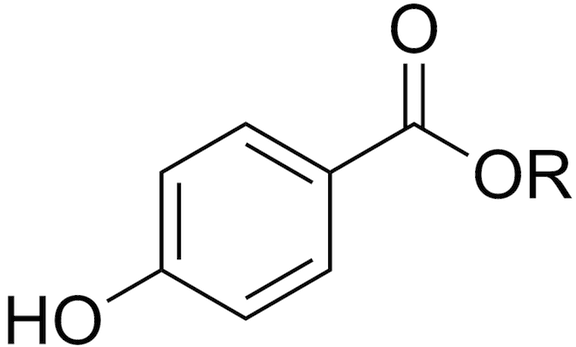
Parabens are known to disrupt hormone function, which is an effect linked to increased risk of breast cancer and reproductive toxicity. They have also been linked to reproductive, immunological, neurological, and skin irritation problems. Despite being banned in the EU, in the U.S., they can be found in a wide range of health, beauty, and personal care products, such as deodorants, toothpastes, shampoos, conditioners, body lotions, and makeup. While individual products may contain small amounts of parabens within safe limits, the cumulative exposure to the chemicals could overload our bodies and contribute to a wide range of health problems.
(Side note: The controversy over parabens is real. Check out an opposing opinion on parabens in our beauty products here.)
In 2012, the EU banned parabens in products. However, this is not the case in the U.S.
Coal tar dyes
Coal tar dyes lurk in some U.S.-made eyeshadows, years after they were banned in the EU and Canada. Coal tar is a known carcinogen, derived from burning coal. It is used in food, textiles, cosmetics, and personal care products. It’s also found in shampoos and scalp treatments, soaps, hair dyes, and lotions. It can produce skin tumors and has been associated with cancer of the lung, bladder, kidney, and digestive tract.
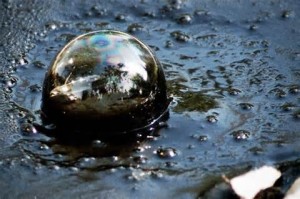
Look out for the following on the label to avoid coal tar:
Coal tar solution, tar, coal, carbo-cort, coal tar solution, coal tar solution USP, crude coal tar, estar, impervotar, KC 261, lavatar, picis carbonis, naphtha, high solvent naphtha, naphtha distillate, benzin B70, petroleum benzin
What you should use instead
So how can you be sure that your beauty products aren’t filled with some of these banned ingredients? Let’s take a look at some alternatives that are instead rich in propolis, rose water extract, bamboo water, chamomile, ginseng, and botanical extracts galore.
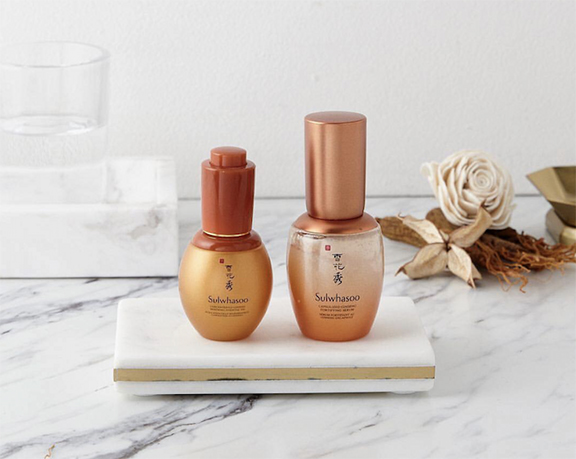
First up, the OG of Korean beauty, Sulwhasoo. The Capsulized Ginseng Fortifying Serum uses ginseng to boost the skin’s resilience and vitality, and it targets deep wrinkles. The bottle is even UV coated, to ensure ingredient integrity. The serum is packed with ingredients such as ginseng root extract, Rhemannia glutinosa root extract (one of the 50 fundamental herbs used in traditional Chinese medicine), peony root extract, lotus seed extract, licorice, and even honey. With a list like that, boasting only the finest and most natural ingredients, you’d wonder for a moment if it was pure magic.
Moving onto something slightly more affordable, Innisfree has long been associated with the natural goodness that Jeju Island has to offer. The brand promises that their skincare products are formulated with an average of 80% naturally-derived ingredients (with the exception of their makeup) and are safely formulated without harmful chemicals and preservatives.
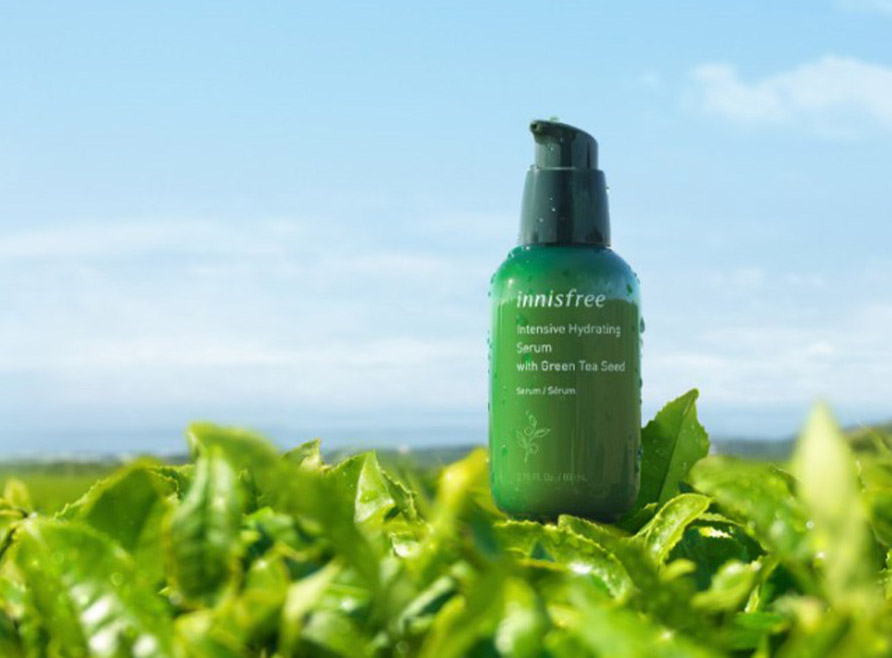
The Innisfree Green Tea Seed Serum is just what you need to nourish and moisturize your skin. It’s made from 75.9% eco-friendly Jeju fresh green tea and green tea seeds and is rich in amino acids and minerals to keep your skin feeling hydrated and supple. Other ingredients include extracts from prickly pear, tangerine peel, camellia leaf, grapefruit, orange, and tangerine. It’s like a carefully curated fruit party for your skin.
I’ve visited their green tea farm on the island a few times, and it’s the same location as their lab. Insider tip: You’ve got to try the green tea ice cream and the green tea latte at the O’Sulloc Tea Museum. It’s to die for.
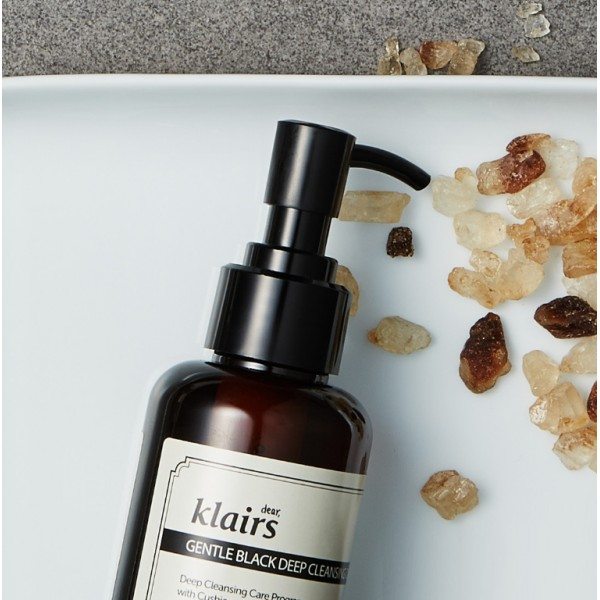
Next up on the good list: Klairs Gentle Black Deep Cleansing Oil. Use it as part of your double cleansing routine, and you’re guaranteed to be left with skin that is glowing. It’s infused with oils extracted from three types of black beans and seeds, and is mild, hypoallergenic, and gentle. This oil is going to regulate your sebum production, protect your skin with antioxidants, and fortify skin with minerals and vitamins that rejuvenate and nourish skin.
Finally, what would an exploration into all that is natural and beneficial to our skin be without a dabble in the good ol’ snail mucin? COSRX has you covered in the snail department, with the Advanced Snail 96 Mucin Power Essence. It’s made with 96% low-stimulation filtered snail secretion, and it is rich in elastin, proteins, copper peptides, hyaluronic acid, glycolic acid, and has antimicrobial properties. Once you’ve realized that snails are friends, not foe, you’ll want to keep this best-seller ready to hydrate, firm, smooth, reduce acne scars, and prevent moisture loss.
via GIPHY
If the list of banned ingredients found in many U.S. skincare products isn’t enough to scare you for life, then the list of natural, healing, and high-beneficial ingredients in many Korean products should be enough impetus to make the best decision for your skin.
After all, it’s 2019, and we’re saying no to banned ingredients in our skincare.
Do you have any of these banned ingredients in your skincare and beauty products? Have you ever given up a product because of an ingredient? Spill the tea in the comments below!
Loading...